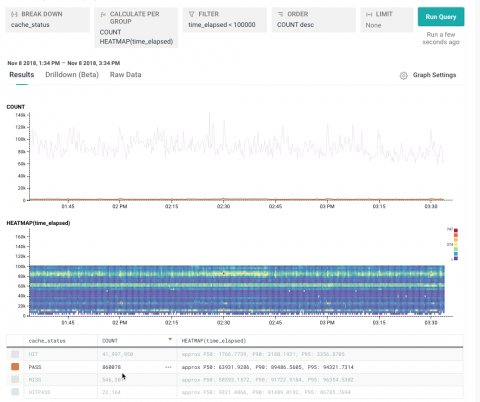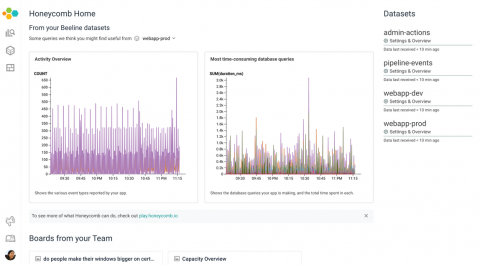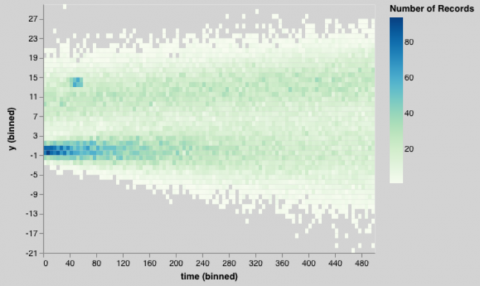2018: The Year Bee-hind Us
In just a few days, we’ll all be embarking on the new year–kicking its tires and planning our conquests for the months to come. This holiday in-between week, while the days are just barely beginning to get a little longer, seems like a good time to look back on the events of the past year and remember some of the good times we’ve shared–so join me for a little retrospective fun.







